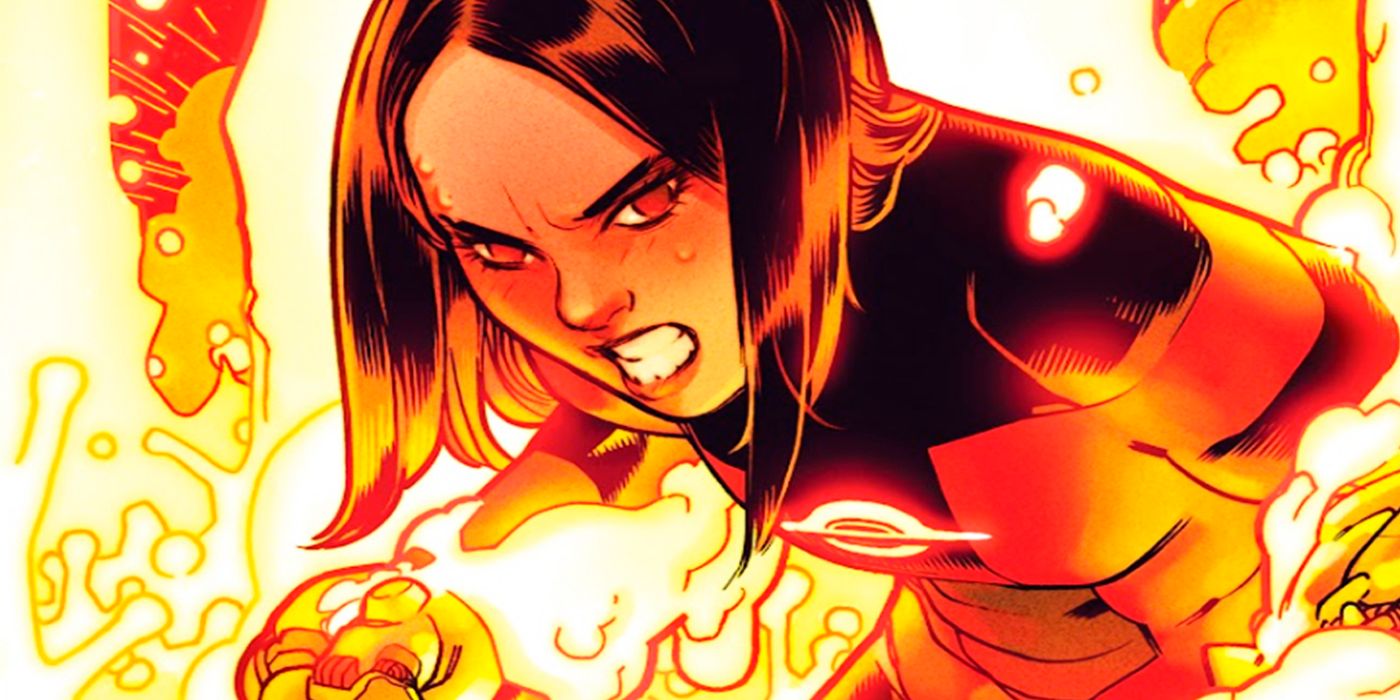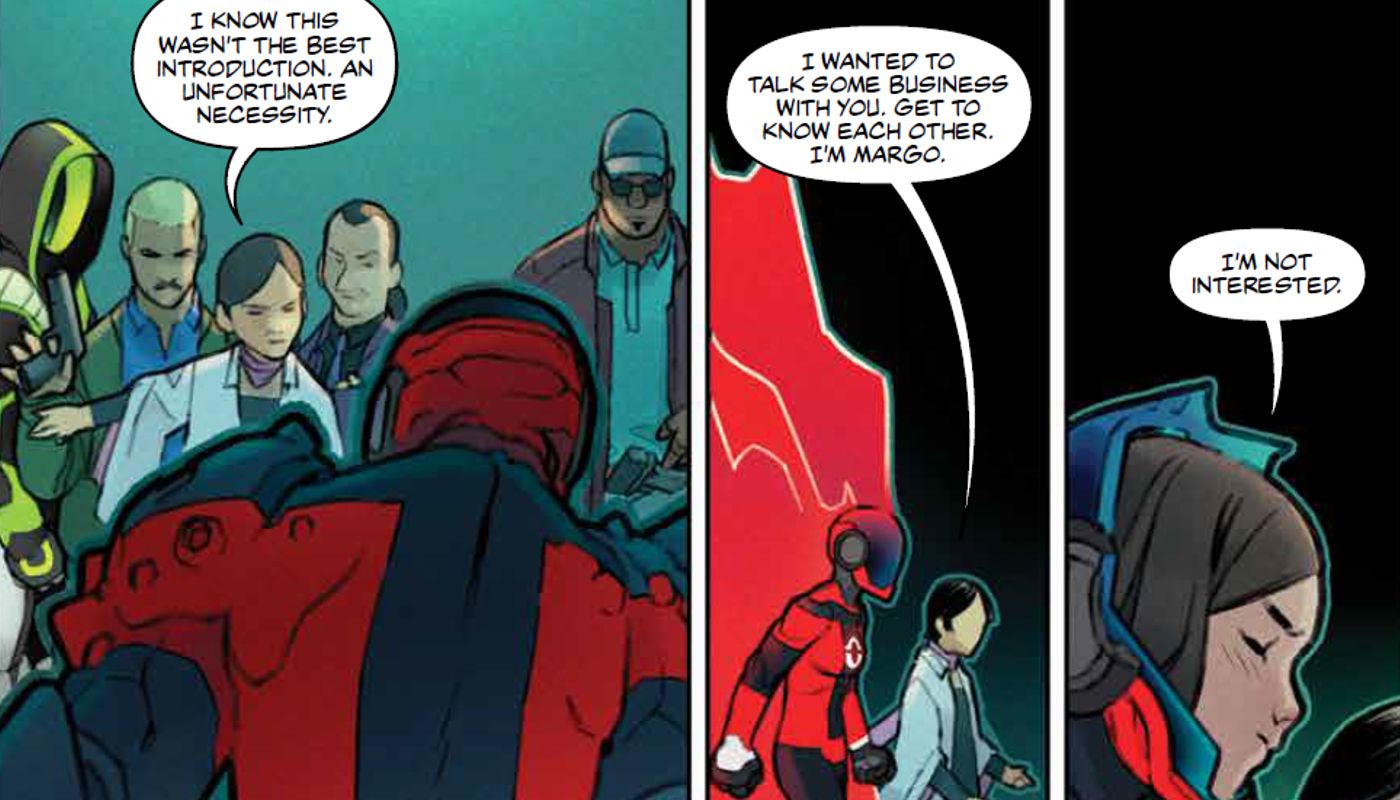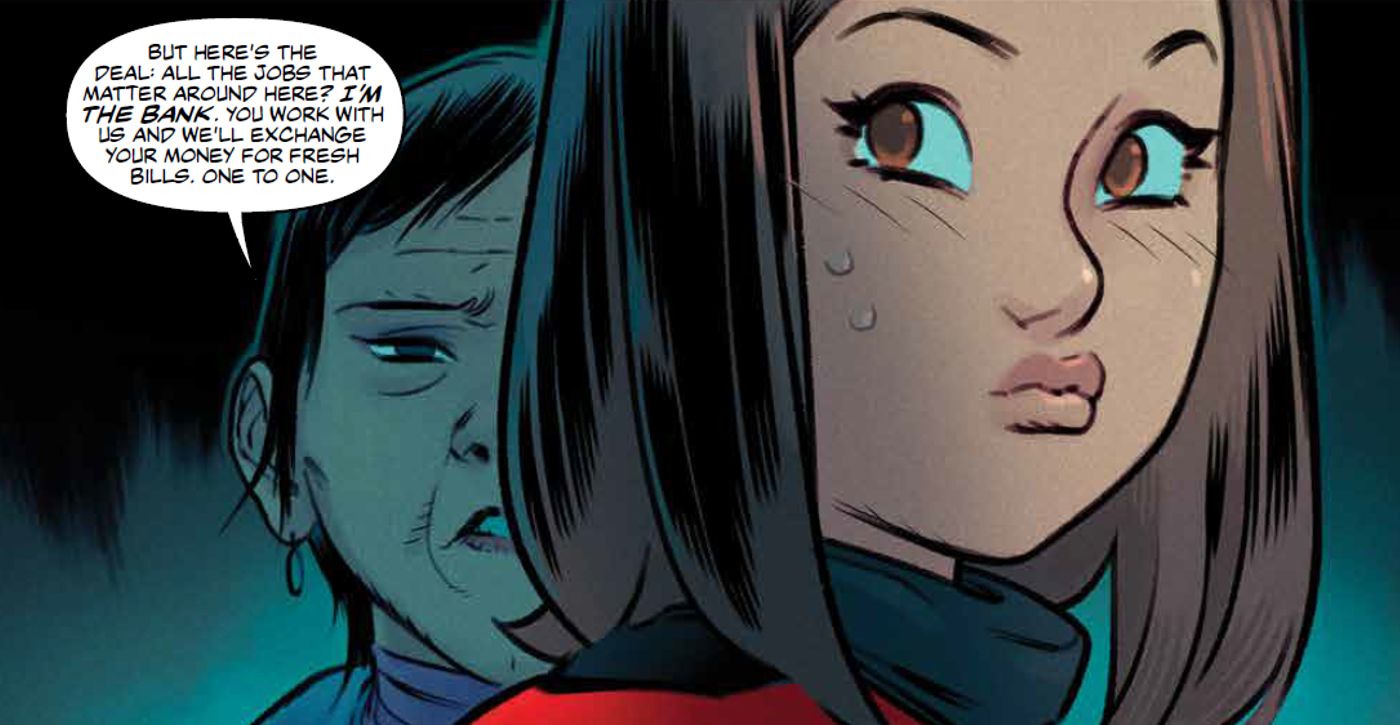The following contains major spoilers for Radiant Red #2, available now from Image.
When the Supermassive Universe first burst on the scene with the release of Radiant Black, readers were introduced to a whole new kind of Tokusatsu story. Now, Radiant Red has given fans a completely different perspective on the series antihero, and in the process the series has turned one of the genre's biggest tropes on its head. Not only is Radiant Red breaking all the rules along with the law, she might even be setting a new standard for just what it means to be a color-coded anti-hero.
Satomi Sone, the untouchable thief known as Radiant Red, has been lured into a meeting with a mysterious foe who seemingly has her all figured out. As seen in the pages of Radiant Red #2 (by Cherish Chen, David Lafuente, Miguel Muerto, and Diego Sanches), the meeting took an abruptly violent turn from the outset. Thanks to her powers, the titular anti-hero was able to shrug off this initial assault, but once another superpowered combatant stepped up to challenge her, Satomi quickly lost the upper hand. Luckily, it turned out that all of this was just a test rather than a true ambush. When the real ringleader of this gang finally showed her face, it became clear that this could be the moment when Satomi's criminal career takes a turn for something more villainous. That alone might not be of any surprise to fans of the series, although it does neatly invert the idea that every heel or face turn has to be a meaningful one.
The Tokusatsu genre, broadly made up of live-action features starring giant robots, massive monsters, or color-coded heroes, has given birth so some of the most laughable albeit classic tropes there are. When it comes to Radiant Red, which itself is part of a larger homage to franchises such as Mighty Morphin Power Rangers, the tropes that the series has toyed with the most is that of a rogue villain's dramatic turn to heroism.
This was something showcased heavily in the pages of Radiant Black, which saw Radiant Red go from the titular hero's primary antagonist to a heavily begrudged ally. Of course, Satomi's criminal career was something born out of pure desperation once her husband's gambling addiction nearly cost them their home. On top of that, the damage she caused wasn't anything she ever took lightly. While most Sixth Rangers with villainous pasts have made the transition from enemy to ally over the course of some short-lived partnership with the other side, Satomi's story is one of a budding hero partnering herself with the bad guys as a purely pragmatic decision.
Despite the myriad of emotions that surround her foray into super villainy, it is ultimately a carefully (and coldly) calculated choice on Satomi's part. There is no innate desire to unseat any benevolent figure, nor to take over the world. Instead, there is only the desire to pay off debts, cover the bills, and have enough left over to not spend every day worrying about the next paycheck. Satomi's concerns are so relatable that they almost eschew everything fantastical about what is happening around her. By staying so firmly grounded in reality when it comes to Satomi's personal problems, her superpowered issues become less defined by the genre they exist in. All of these elements serve to reduce the situation Satomi is in to something more mundane than it really is, while somehow simultaneously highlighting just how little she cares for the secret sci-fi world she has become embroiled in.
From the beginning, the Supermassive Universe has been a distillation of everything fans love about the Tokusatsu genre without ever letting go of its own real-world edge, and Radiant Red might be the perfect example of how seamlessly it has done that. The tropes that fans know best are certainly present, from the color-coded lineups to the massive Megazord-style mechs, yet none of them have ever been enough to direct the story on their own.
By stepping outside those expectations, Satomi has proven that Radiant Red is both the franchise's most complicated villain and its most grounded anti-hero. With any luck, whatever Satomi's next big turn is will only see her crimson star continue to rise, assuming she isn't forced to do something that will completely ruin her own reputation.



